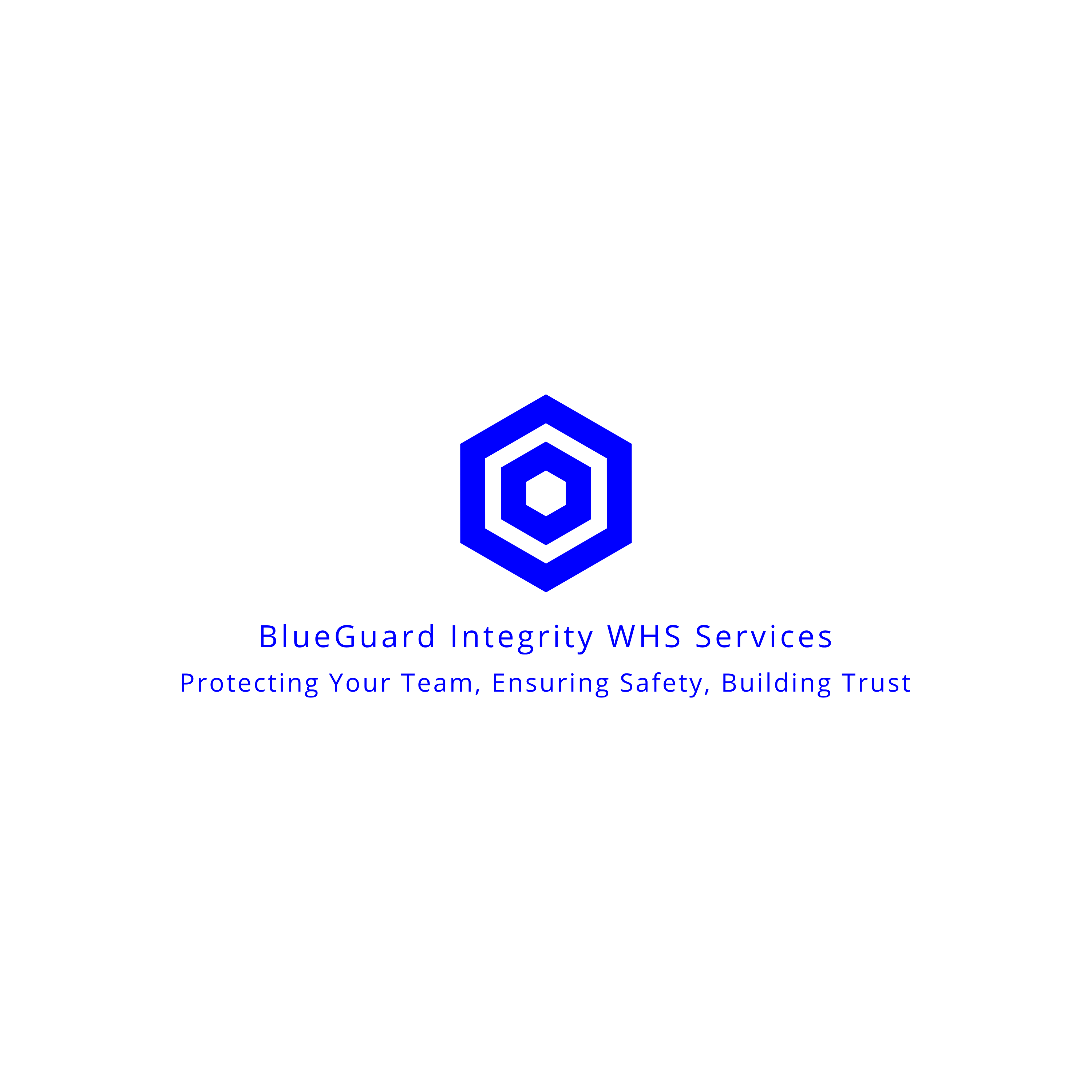Chemical Safety
- Rob Hubbard

- Oct 10
- 2 min read

Ever seen a cleaner accidentally create a mini science experiment in the lunchroom? One mix of bleach and acid later, and suddenly everyone’s eyes are watering for all the wrong reasons. Chemical safety isn’t rocket science — it’s just about knowing what not to mix, where to store it, and who’s responsible for keeping things safe.
When working with chemicals, safety starts with clear communication. Those little symbols on bottles and drums aren’t just for show — they’re a visual language designed to keep people safe.
Whether you’re in a workshop, depot, or local government facility, understanding what those pictograms mean (and how chemicals should be stored) can prevent serious incidents.
Let’s break it down 👇
⚠️ The GHS Pictograms — What They Actually Mean
The Globally Harmonised System (GHS) uses standard diamond-shaped symbols on labels and Safety Data Sheets (SDS). Here’s a quick guide:

These symbols tell you what could go wrong — and help you take the right precautions before you even open the container.
🚛 Dangerous Goods Classes — Storage and Transport
For transport and storage, chemicals are also classified into Dangerous Goods (DG) Classes. Each class has unique storage and handling requirements:

If your site stores or transports DGs, make sure signage, segregation, and manifests meet WA Dangerous Goods Safety regulations.
🧍♂️ Why Segregation Matters
Some chemicals just don’t play well together. Improper storage can cause fires, explosions, or toxic gas release.
A few simple rules:
🔴 Explosives – store in isolation.
🟠 Corrosives – keep away from flammables.
🟡 Oxidisers – never near combustibles.
🔵 Acids and bases – store separately.
If in doubt, check your chemical segregation chart or SDS. One wrong shelf can lead to a serious incident.
🧾 Compliance Made Easier
Digital tools like ChemAlert (by RMT Global) or SiteDocs’ chemical modules make it easier to:
✅ Access current SDS instantly
✅ Track expiry dates and risk ratings
✅ Check segregation compatibility
✅ Generate reports and labels
But technology only works if your team understands the basics — and that’s where training and regular chemical audits come in.
💬 Final Thoughts
Chemical hazard symbols and classifications aren’t just regulatory red tape — they’re life-saving tools. Understanding them helps keep workers safe, protects the environment, and keeps your business compliant with WA WHS Regulations (2022).
At BlueGuard Integrity, we believe that safe chemical management starts with awareness and ends with action — from accurate labelling to secure segregation.
Because when it comes to chemicals, “Think now — safer tomorrow.”




Comments